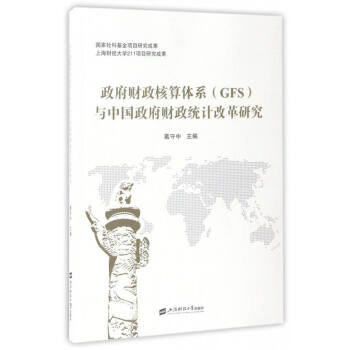![中華現代學術名著叢書(英文本)·戰後中國之工業化:中國之工業資本 [The Post-War Industrialization Of China Industrial Capital In China]](https://pic.windowsfront.com/10924453/4386bcb3-1f94-45d1-90ea-bd95e64fa027.jpg)

齣版社: 商務印書館
ISBN:9787100087995
版次:1
商品編碼:10924453
品牌:商務印書館(The Commercial Press)
包裝:平裝
叢書名: 中華現代學術名著叢書
外文名稱:The Post-War Industrialization Of China Industrial Capital In China
開
具體描述
內容簡介
One hundred years ago, Zhang Zhidong tried to advocate Chinese learning by saying: “The course of a nation, be it bright or gloomy, the pool of talents, be it large or small, are about governance on the surface, and about learning at the root. “ At that time, the imperialist powers cast menacing eyes on our country, and the domestic situation was deteriorating.The quick infiltration of Western learning made the long-standing Chinese tradition come under heavy challenge. In those days, Chinese learning and Western learning stood side by side. Literature, history and philosophy split up, while many new branches of learning such as economics, politics and sociology were flourishing, which made many Chinese dazed.However, there appeared a vital and vigorous learning climate out of the confusing situation. It was at this critical moment that modern Chinese scholarship made the transition-by exchanging views, basing on profound contemplation and even with confrontation of idea and clash of views, the scholarship made continuous progress, bringing up a large number of persons of academic distinction and creating numerous innovative works. Changes in scholarship and in general modes of thinking made transition in all aspects of the society possible, thus laying a solid foundation for revitalizing China.目錄
THE POST-WAR INDUSTRIALIZATION OF CHINAINDUSTRIAL CAPITAL IN CHINA
精彩書摘
The third basic system in the southwest network is the Yunnan-Indo-China Railway, which suspended operations when the Japa-nese occupied French Indo-China in the-summer of 1940. This Railway, however, had proved its usefulness to wartime China between the fall of Canton and the Japanese occupation of French Indo-China, for a period of two years. Formallyt inaugurated in 1910, it runs 469 kilometres southward from Kunming to the border town of Hokow and then veers southeastward to Hanoi and Haiphong, the port aty. Traversing some of the largest mountains in southern Yunnan, it crosses 47 bridges over 20 meters long and passes through 147 tunnels, totalling 15 kilometres in length. Nearly 45,000 Chinese laborers from Kwangsi, Kwangtung,Tientsin, Foochow, and Ningpo, parricipated in the construction work, under conditions of unbelievable hardslup.The fourth basic system in the southwest network consists of the completed section of 530 kilometres of the Hunan-Kwangsi Railway from Hengyang on the Canton-Hankow Railway to Kweilin and Liuchow in Kwangsi province, thence by highway to Chennankwan on the French Indo-China border via Nanning. From Liuchow where the Railway ends a highway goes north-westward to Kweiyang, thence northward to Chungking, Lhus linking together the four provinces of Hunan, Kwangsi, Kweichow and Szechuen. It was along this route, which is reputedly in better condition and less dangerous than the route through Kunming to Kweiyang, that most of the goods from the outside world were transported to Chungking before the Japanese occupation of French Indo-China.
……
用戶評價
評分
評分
評分
評分
評分
評分
評分
評分
評分
相關圖書
本站所有內容均為互聯網搜尋引擎提供的公開搜索信息,本站不存儲任何數據與內容,任何內容與數據均與本站無關,如有需要請聯繫相關搜索引擎包括但不限於百度,google,bing,sogou 等
© 2025 windowsfront.com All Rights Reserved. 靜流書站 版權所有

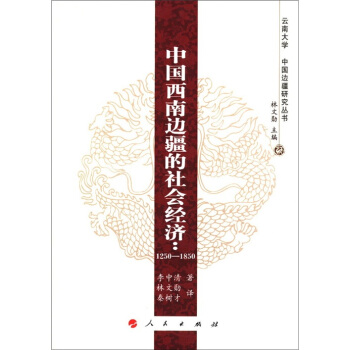


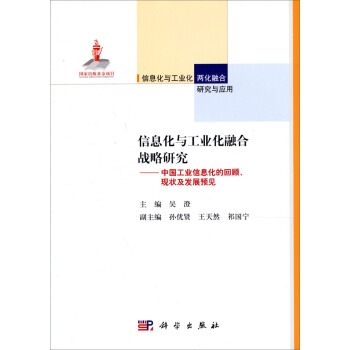
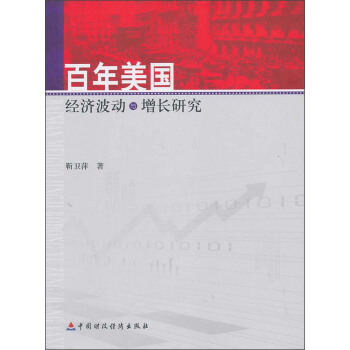
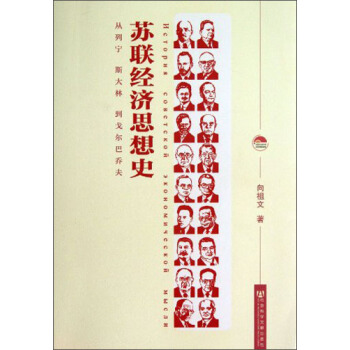
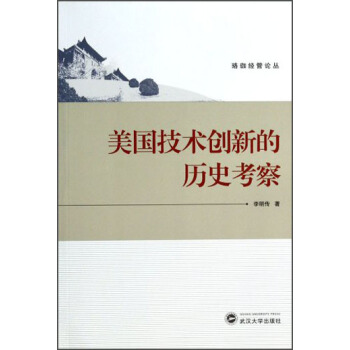
![國際貿易學:理論、戰略與實證 [International Trade: Theory Strategy and Evidence] pdf epub mobi 電子書 下載](https://pic.windowsfront.com/11478587/53a3c077N011aa064.jpg)
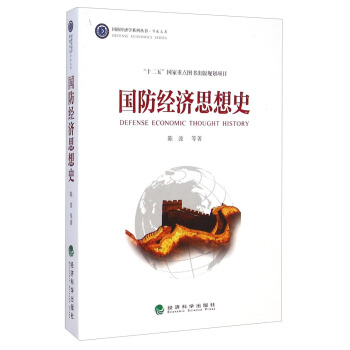
![數字化研製環境下的可靠性工程技術--基於産品數字樣機的可靠性設計與分析(精)/中航工業首席專傢技 [Reliability Engineering Technology In Digital Development Enviroment-Reliabilty Design Analysis Based On Product Digital Prototype] pdf epub mobi 電子書 下載](https://pic.windowsfront.com/11837233/56728a44N51f64111.jpg)

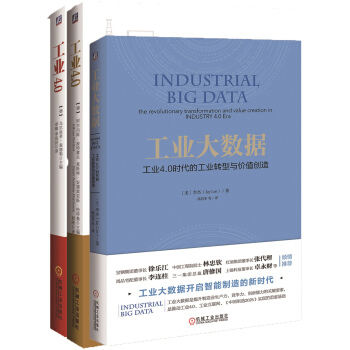
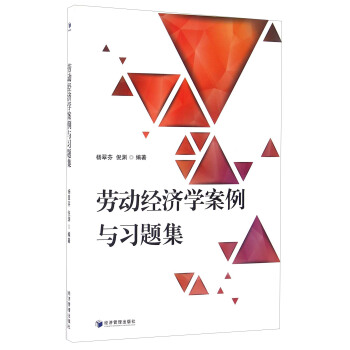
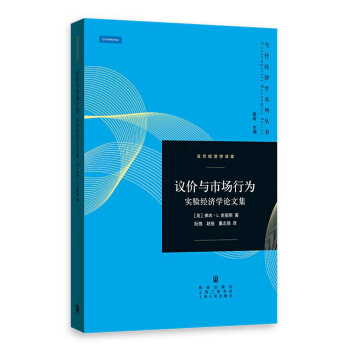
![中國債務拐點研究 [A Study on the Inflection Point of China's Debt] pdf epub mobi 電子書 下載](https://pic.windowsfront.com/12122209/597b1371N91be64b1.jpg)

